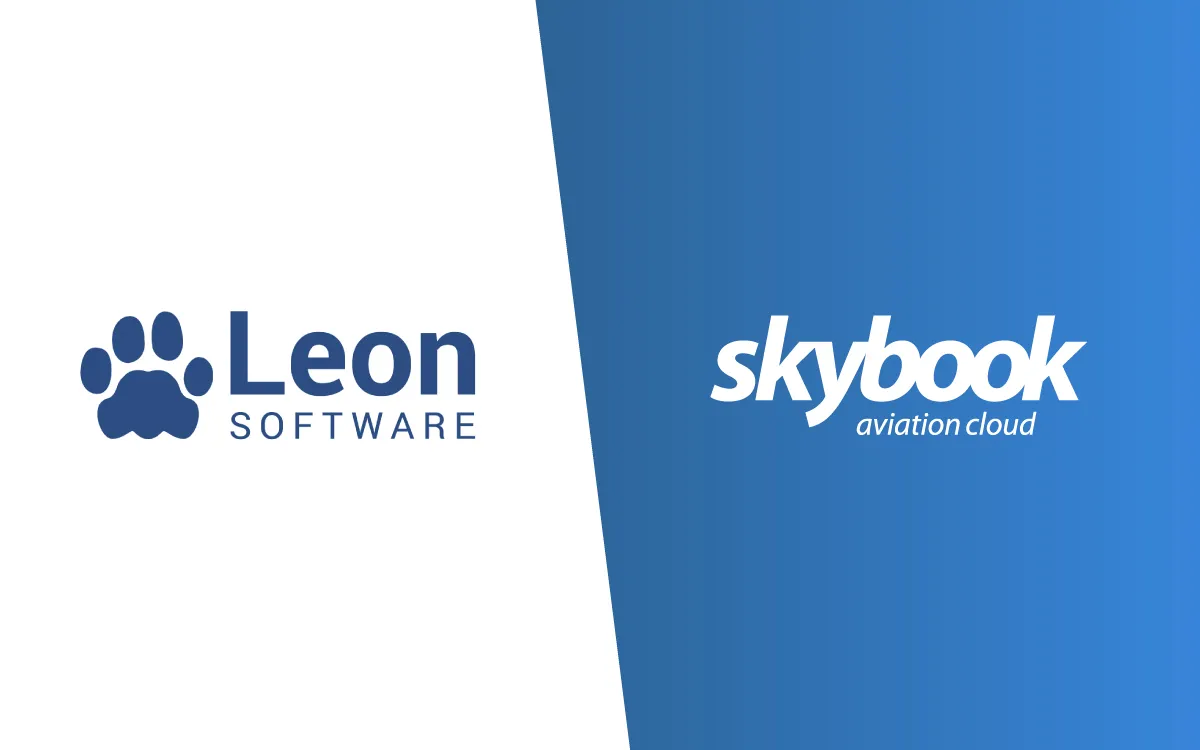
Leon Software Integration with skybook
As we celebrate Earth Day this April, lets take a look at how flight operations can become more sustainable in the goal to achieve net zero carbon emissions, and developing technologies that can help improve operational efficiencies.
According to IATA below are the percentage of contributors to the Fly Net Zero targets which are aimed to be achieved by 2050:
Let’s have a detailed look at some of these points...
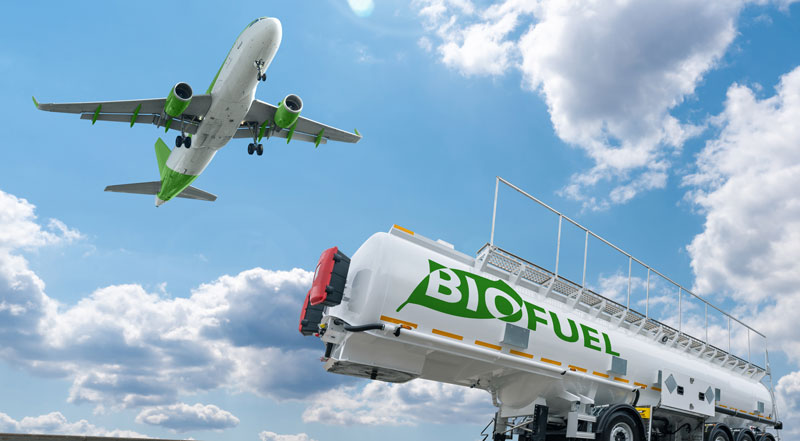
With SAF making up a whopping 65% of the IATA contribution needed by airlines to achieve Net Zero, and help improve the world we live in; it is no doubt that fuel consumption is by far the biggest problem in the aviation industry, when it comes to greenhouse emissions.
SAF is alternative Biofuels such as algae-based fuels, which can reduce greenhouse emissions by up to 80% compared to traditional jet fuel! As sustainable aviation fuel starts becoming more widely available, airlines can incorporate it into their operations.
New aircraft models are continuously being designed to be more fuel-efficient, with improved engine technology, aerodynamics, and lighter materials. Fuel-efficient planes can also significantly help to reduce the amount of emissions being used.
Aviation fuel analytics software can also be harnessed to ensure airlines are fully aware of their fuel usage on all their fleet even after implementing SAF fuel. Making it easy to notice things like seasonal trends with aircraft, routes or planned vs actual fuel.
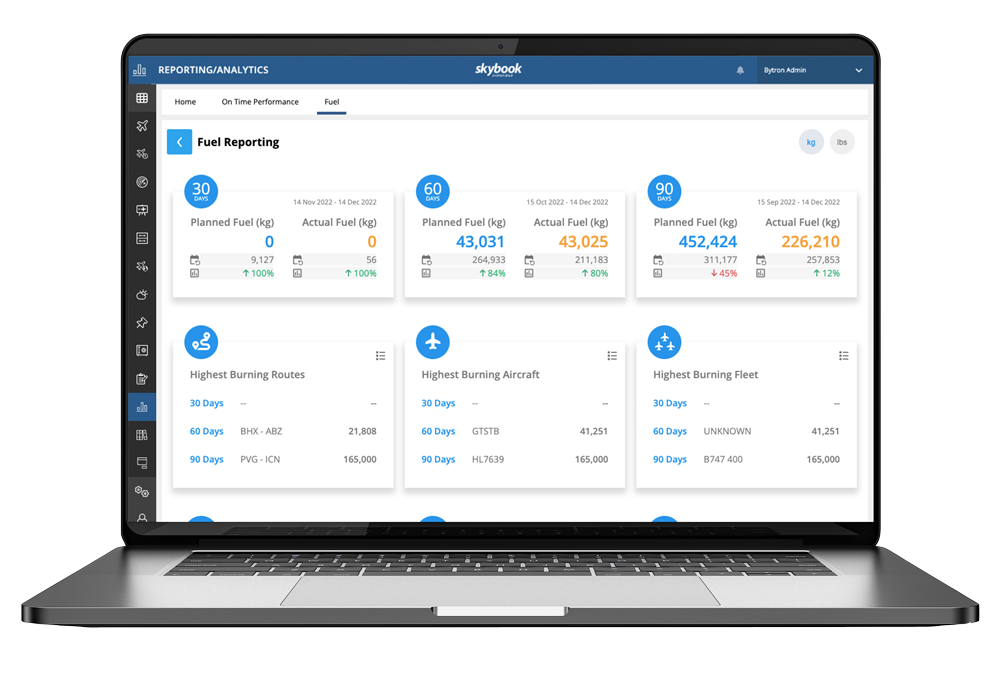
With the industry goal for 2050, SAF uptake is currently slow and the costs for airlines to use SAF will likely result in an increased costs for passengers, which can also affect an airlines profits.
Even when all airlines start using SAF, will it fully solve the issue with greenhouse gas emissions? Especially with the ever increasing number of planes in the air and increasing number of commercial airlines.
Alternatively using other developing technologies such as battery powered aircraft, could divert the emissions problem to other issues such as mineral mining, environmental mining impacts, toxic wastes and ethical labour practices. In short, will flying ever be green?
One other revolutionary way we could look to fly on future Earth Days, could be in a hydrogen-fuelled zero-emission commercial aircraft. However, this process can be very dangerous, expensive and requires a lot of space and changes to aircraft designs.
Carbon offsetting in aviation makes up nearly one fifth of contribution to achieve net zero by IATA. Recommended by the ICAO which sets industry practices; under this scheme airlines, passengers and corporate customers would buy offsets to neutralize their proportion of carbon emissions on the journey. The offsets go towards schemes such as planting trees or investing in solar farms.
One issue environmentalists have with this, is that it doesn’t get to the route of the fuel usage problem; it simply buys a person or businesses way out of using the emissions. This could benefit private jet users who might fly more frequently than, a typical holiday goer, using a commercial airline maybe once or twice a year.
The future might eventually involve everyone having their own amount of carbon usage known as carbon credits, which could result in certain restrictions. Would it be justified that a wealthy person could buy more carbon credits to offset their frequent flying needs, whilst a working class person might have to wait until their credits renew in order to enjoy their next trip away?
Whilst there is a lot of debate about carbon offsetting; I think it is a good step in the right direction. Although when considering earth day and biodiversity, it would be great to see many more environmental schemes, such as improving habitat connectivity for the wildlife.
Even though operational efficiencies only takes 3% of the net zero target contributions, this is likely to be the most achievable step that can be made right now and on Earth Day to improve sustainability.
Each airline has their own level of efficiencies and inefficiencies depending on size, age, company structure or how busy they are! There are lots of ideas to improve airline operational efficiency, here are a few:
Flight path optimization technology and using more direct efficient routes, can help airlines reduce fuel consumption.
Using an electronic flight bag can save huge amounts of time, paper, weight and airport resources on the flight deck and within flight operations. More airlines are using digital form filling on flight deck, for pilots digital briefings, journey logs, documents and operational forms on their tablet devices.
For example, an airline with 50 aircraft would save approximately 16,425kg in weight each year by using EFB devices. Check out more efficiencies on the value of using an EFB system.
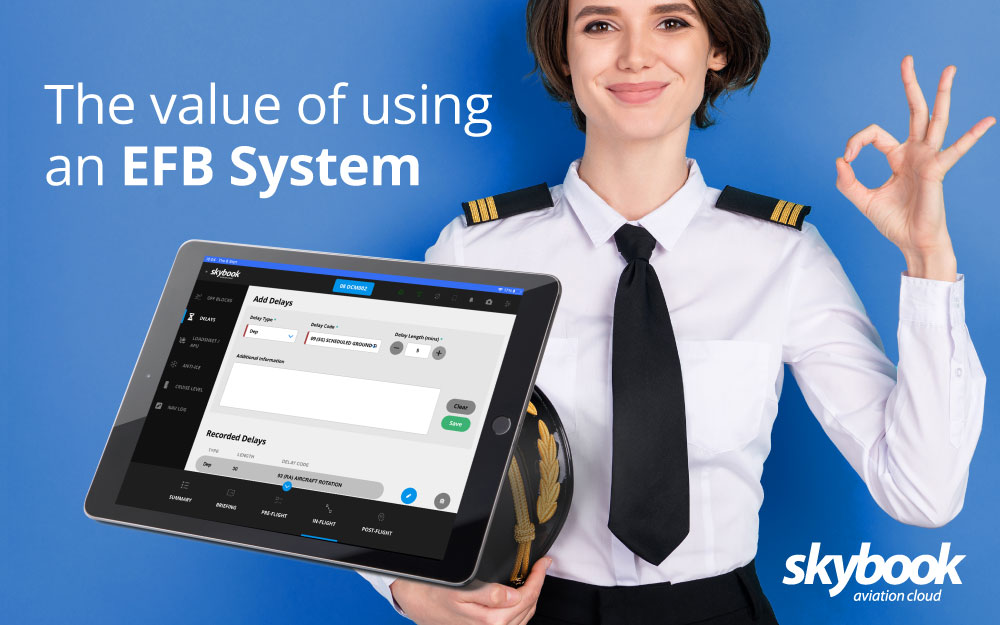
End-to-end dispatch and EFB systems such as skybook can gather a whole host of useful data from pre-flight to post-flight such as fuel analysis, meaning airlines have accurate fuel awareness for comparing their fleet, routes and more.
By integrating data such as OFP, flight schedules and crew rosters, this means less swapping between systems. Airlines can access other time saving and safety tools such as weather & notam awareness for improved route optimisation, leading to efficient flights.
Carrying unnecessary weight on an aircraft increases its fuel consumption. Electronic flight bag technology is starting to integrate weight and balance calculation data. Reducing weight by removing items not needed for the flight or by using lighter materials in the aircraft for things like seats, make a significant difference to fuel efficiencies.
Planes that are idle on the ground for long periods of time, consume unnecessary fuel. Reducing ramp and taxiing times, can reduce an airlines fuel consumption and emissions.
Implementing some of these operational measures can help airlines reduce emissions, improve efficiency and move towards more sustainable flight operations.
Slowly but surely SAF, offsets and other innovative aviation technologies will aim to help make the aviation industry much more greener and worth celebrating on future Earth Days!
Learn how skybook aviation software can improve airlines flight operation efficiencies.
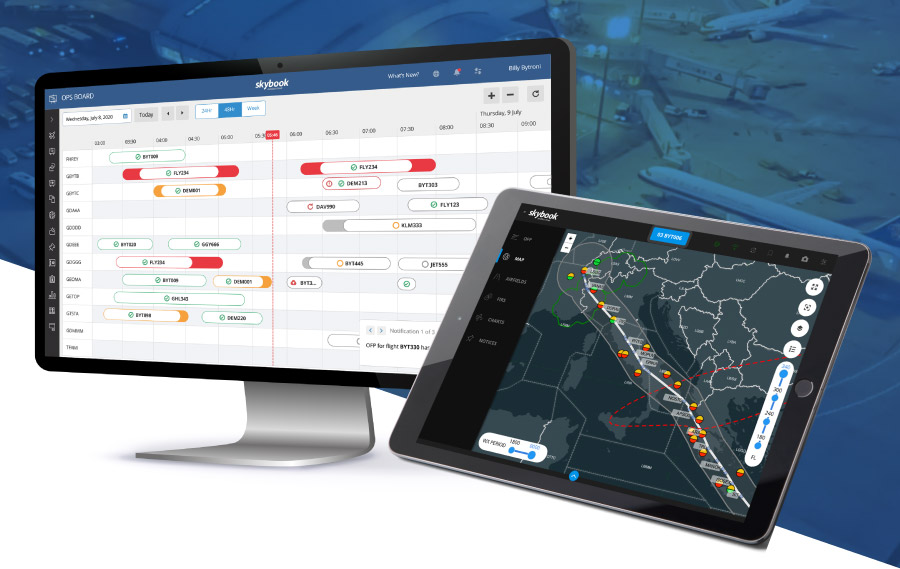
Here are some further interesting Earth Day articles, focused on the aviation industries sustainable progression:
Every day is earth day
Celebrating earth day investing in our planet